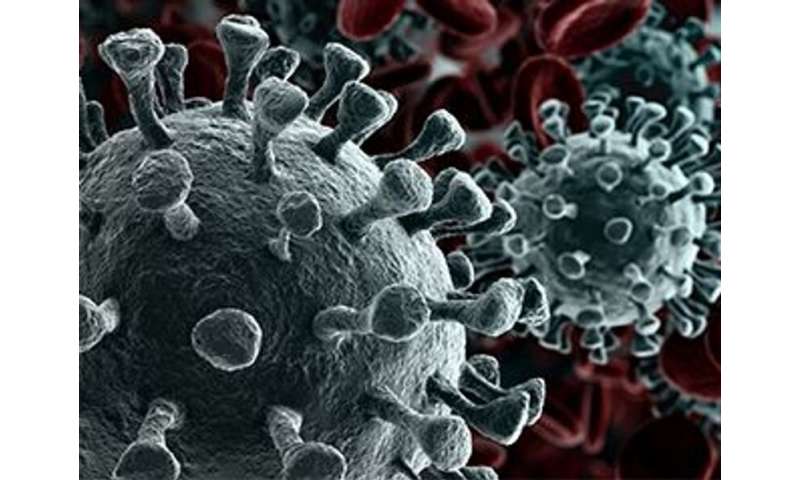
(HealthDay)—Most people in the United States did not have detectable severe acute respiratory syndrome coronavirus 2 (SARS-CoV-2) antibodies as of September 2020, according to a study published online Nov. 24 in JAMA Internal Medicine.
Kristina L. Bajema, M.D., from the U.S. Centers for Disease Control and Prevention in Atlanta, and colleagues conducted a repeated cross-sectional study across all 50 states, the District of Columbia, and Puerto Rico to estimate the prevalence of persons with SARS-CoV-2 antibodies. A total of 177,919 samples were obtained during July 27 to Aug. 13, Aug. 10 to Aug. 27, Aug. 24 to Sept. 10, and Sept. 7 to Sept. 24, 2020. The proportion of people previously infected with SARS-CoV-2 as measured by the presence of antibodies to SARS-CoV-2 was examined.
The researchers found that over the four collection periods, jurisdiction-level seroprevalence varied from less than 1 percent to 23 percent. Less than 10 percent of people had detectable SARS-CoV-2 antibodies in 42 of 49 jurisdictions with sufficient samples to estimate seroprevalence across all periods. There was variation noted in seroprevalence estimates between sexes, across age groups, and between metropolitan/nonmetropolitan areas. In all jurisdictions, the changes from period 1 to 4 were less than 7 percentage points, with variation across sites.
“Our results reinforce the need for continued public health preventive measures, including the use of face masks and social distancing, to limit the spread of SARS-CoV-2 in the United States,” the authors write.
Source: Read Full Article